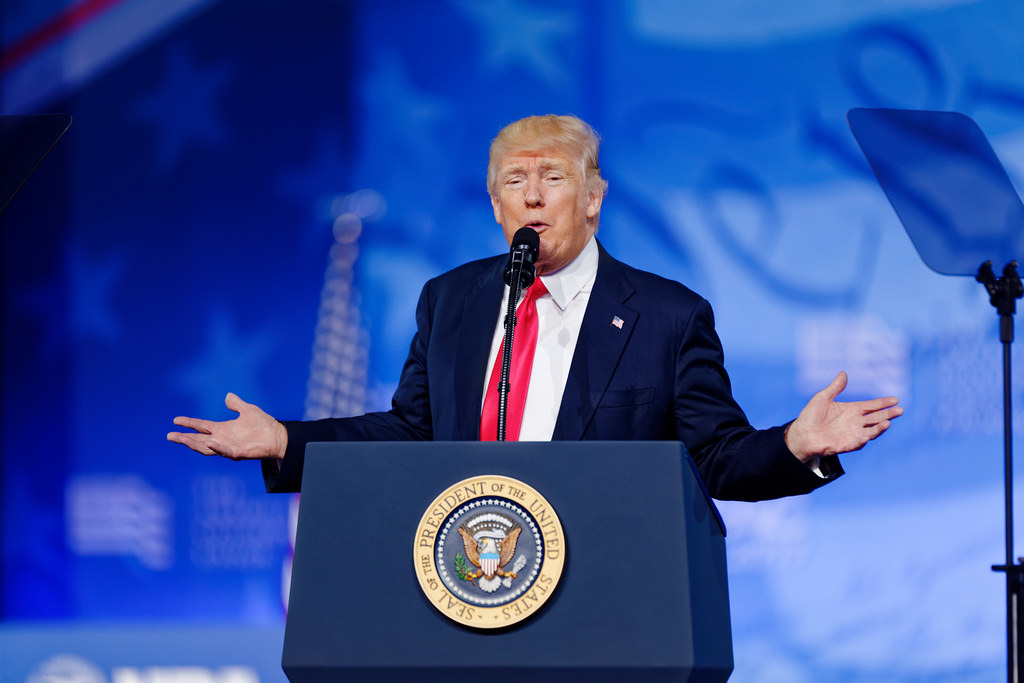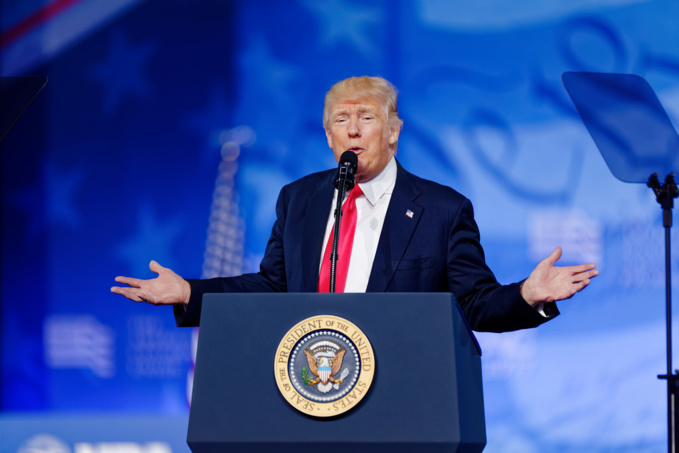Three days after the beginning of his presidency, Donald Trump announced withdrawal of America from the agreement. Since the country accounts for 60% of the total GDP, the pact was doomed.
However, on November 11, something new began to emerge in its place. The new agreement bears a very long title: "Comprehensive and Progressive Agreement for the Trans-Pacific Partnership," or the CPTPP.
Ministers from 11 member countries issued a joint statement. They stated that they had agreed on the basic principles of the new treaty and that it demonstrates their "firm commitment to an open market." There is a powerful political symbolism behind these words: with the departure of America, the place of the leader is occupied by others.
Yet, the full formation of the CPTPP will take a long time, which is not surprising. Resuscitation of the agreement without its largest participant was expected to be a difficult task. Without America, the most controversial concessions made for the original TTP seem to be not very justified.
However, any attempt at revision threatened to disintegrate the entire pact. If one country asked for new concessions, others could demand the same thing and the negotiations would eventually collapse into protectionist chaos.
A number of unresolved issues reflect these challenges. Malaysia wants more time to adapt to the rules governing its state-owned enterprises, and Brunei needs a more gentle approach to its coal industry.
Vietnam, which would have benefited most from expanding access to the American market for ready-made clothing, demands to delay sanctions imposed for violation of the labor code of the pact.
The ministers of trade of Mexico and Canada are facing a particularly difficult task, given their participation in trade negotiations with the Americans under the North American Free Trade Agreement (NAFTA).
All the concessions of Mexico and Canada to the TTP may be useless arguments in separate negotiations with the United States.
Meanwhile, the Japanese are trying to create incentives that would force America to join the CPTPP in the future, the British magazine The Economist writes.
In addition to the zones that are still being discussed, the statement of the Ministers lists 20 different provisions from the original agreement. So, rules will be abolished that created special conditions for urgent delivery of goods. It was particularly important for such American companies as DHL and Federal Express.
The same will happen with the protection of intellectual property, for which the American negotiators fought so fiercely. If America wants to rejoin, then theoretically they negotiators may return these items.
The controversial rules allowing investors to sue governments have been limited in scope. Countries can force investors to sign a treaty to waive the right to sue within the framework of the CPTPP.
Despite all the difficulties, the CPTPP, surprisingly, is very similar to the Trans-Pacific partnership. The new version will retain access to the market agreed in the TTP. The absence of America reduces the economic benefits of the agreement, but does not exclude them completely.
Rejection of the pact would have rendered useless for many years of negotiations, and also eliminated the opportunity to improve existing trade relations. It is expected that all formalities under the GPPTP will be completed in the first quarter of 2018. America rejected the treaty, yet others still see value in it.
source: economist.com
However, on November 11, something new began to emerge in its place. The new agreement bears a very long title: "Comprehensive and Progressive Agreement for the Trans-Pacific Partnership," or the CPTPP.
Ministers from 11 member countries issued a joint statement. They stated that they had agreed on the basic principles of the new treaty and that it demonstrates their "firm commitment to an open market." There is a powerful political symbolism behind these words: with the departure of America, the place of the leader is occupied by others.
Yet, the full formation of the CPTPP will take a long time, which is not surprising. Resuscitation of the agreement without its largest participant was expected to be a difficult task. Without America, the most controversial concessions made for the original TTP seem to be not very justified.
However, any attempt at revision threatened to disintegrate the entire pact. If one country asked for new concessions, others could demand the same thing and the negotiations would eventually collapse into protectionist chaos.
A number of unresolved issues reflect these challenges. Malaysia wants more time to adapt to the rules governing its state-owned enterprises, and Brunei needs a more gentle approach to its coal industry.
Vietnam, which would have benefited most from expanding access to the American market for ready-made clothing, demands to delay sanctions imposed for violation of the labor code of the pact.
The ministers of trade of Mexico and Canada are facing a particularly difficult task, given their participation in trade negotiations with the Americans under the North American Free Trade Agreement (NAFTA).
All the concessions of Mexico and Canada to the TTP may be useless arguments in separate negotiations with the United States.
Meanwhile, the Japanese are trying to create incentives that would force America to join the CPTPP in the future, the British magazine The Economist writes.
In addition to the zones that are still being discussed, the statement of the Ministers lists 20 different provisions from the original agreement. So, rules will be abolished that created special conditions for urgent delivery of goods. It was particularly important for such American companies as DHL and Federal Express.
The same will happen with the protection of intellectual property, for which the American negotiators fought so fiercely. If America wants to rejoin, then theoretically they negotiators may return these items.
The controversial rules allowing investors to sue governments have been limited in scope. Countries can force investors to sign a treaty to waive the right to sue within the framework of the CPTPP.
Despite all the difficulties, the CPTPP, surprisingly, is very similar to the Trans-Pacific partnership. The new version will retain access to the market agreed in the TTP. The absence of America reduces the economic benefits of the agreement, but does not exclude them completely.
Rejection of the pact would have rendered useless for many years of negotiations, and also eliminated the opportunity to improve existing trade relations. It is expected that all formalities under the GPPTP will be completed in the first quarter of 2018. America rejected the treaty, yet others still see value in it.
source: economist.com



















